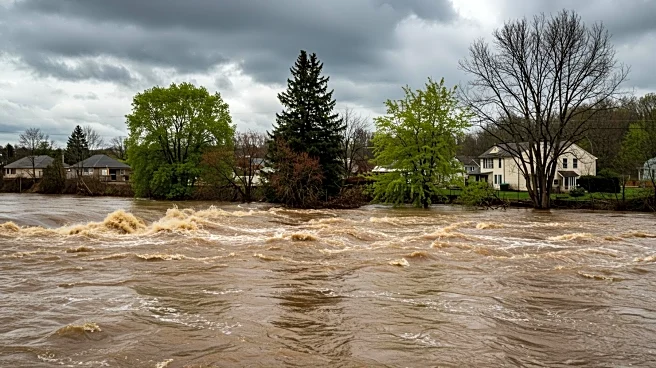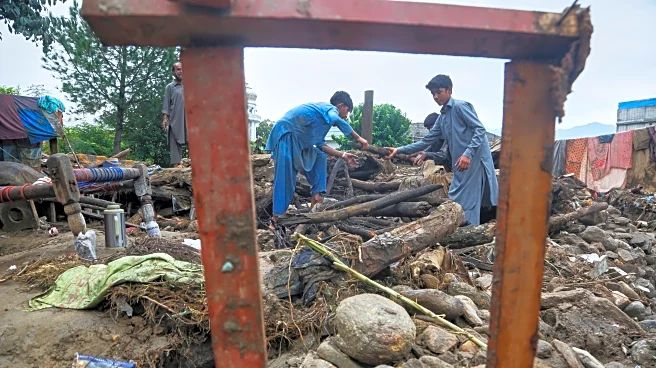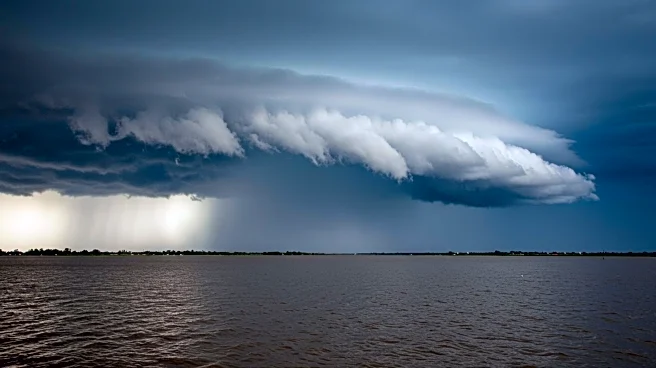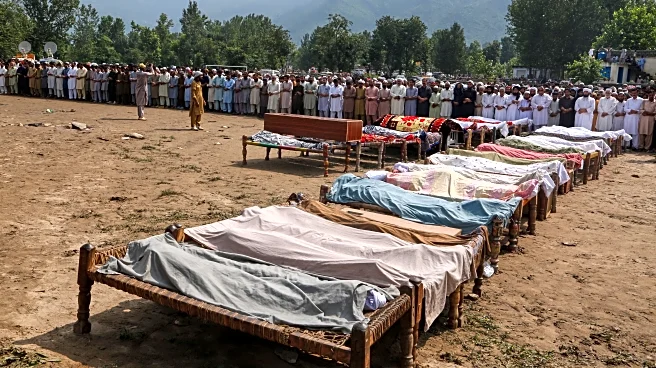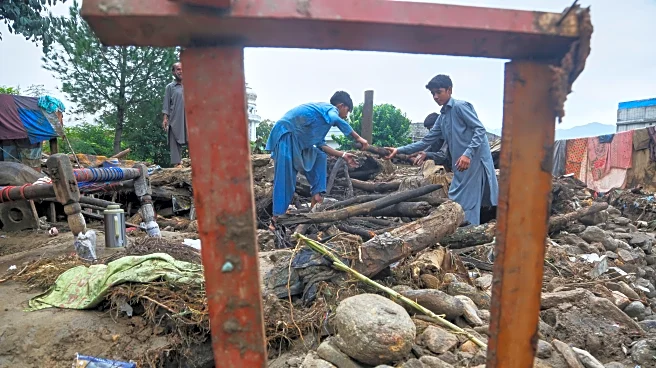What is the story about?
What's Happening?
Pakistan is experiencing severe flash floods in the northwest region, particularly in Khyber Pakhtunkhwa province. Since June, heavy monsoon rains have resulted in over 650 deaths and more than 920 injuries. The National Disaster Management Authority has attributed these extreme weather events to climate change, noting that this year's monsoon season has brought 50% to 60% more rainfall than the previous year. Rescue operations have been hampered by fresh rains, with over 300 people killed and 200 still missing. Relief efforts are ongoing, with volunteers and rescue workers racing against time to find survivors and retrieve bodies.
Why It's Important?
The floods highlight Pakistan's vulnerability to climate change, with the country facing increasingly severe weather events. The monsoon season, vital for agriculture, has also caused widespread destruction, impacting food security and infrastructure. The situation underscores the need for improved disaster management and climate adaptation strategies. The international community's offers of assistance, although declined by Pakistan, reflect the global concern over the humanitarian impact of such disasters. The ongoing crisis affects thousands of families, with significant implications for public health and safety.
What's Next?
Authorities are warning of potential new flash floods until Thursday, necessitating continued vigilance and preparedness. Relief goods, including food, medicine, and shelter, are being distributed to affected areas. The government may need to reassess its disaster response strategies and infrastructure resilience to better handle future climate-related challenges. The situation could prompt discussions on international cooperation and support for climate adaptation measures.
Beyond the Headlines
The floods may lead to long-term shifts in Pakistan's approach to climate change and disaster management. Ethical considerations arise regarding the adequacy of government response and the prioritization of resources for vulnerable communities. The cultural impact of repeated natural disasters could influence public sentiment and policy advocacy for environmental protection.
AI Generated Content
Do you find this article useful?


